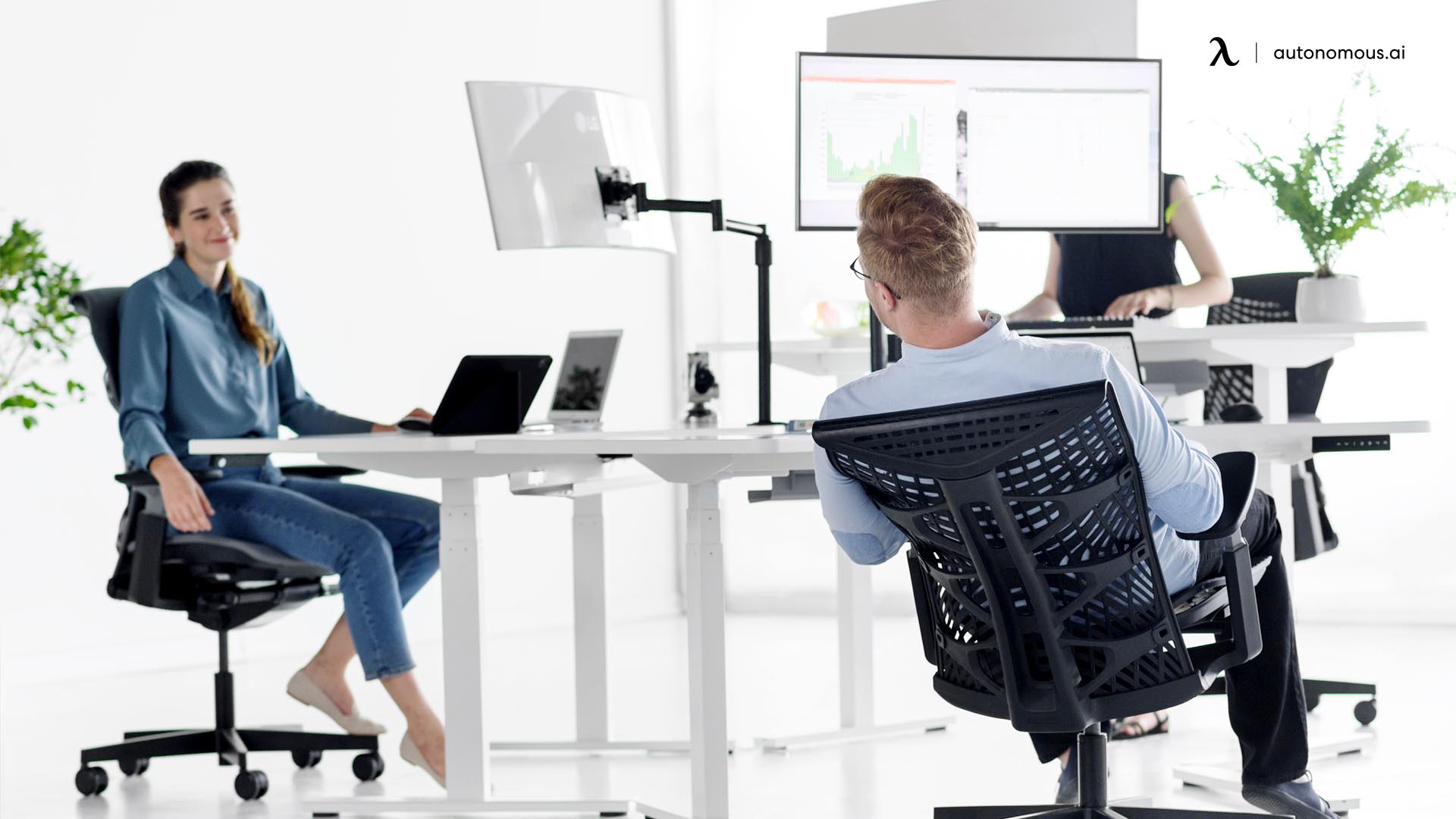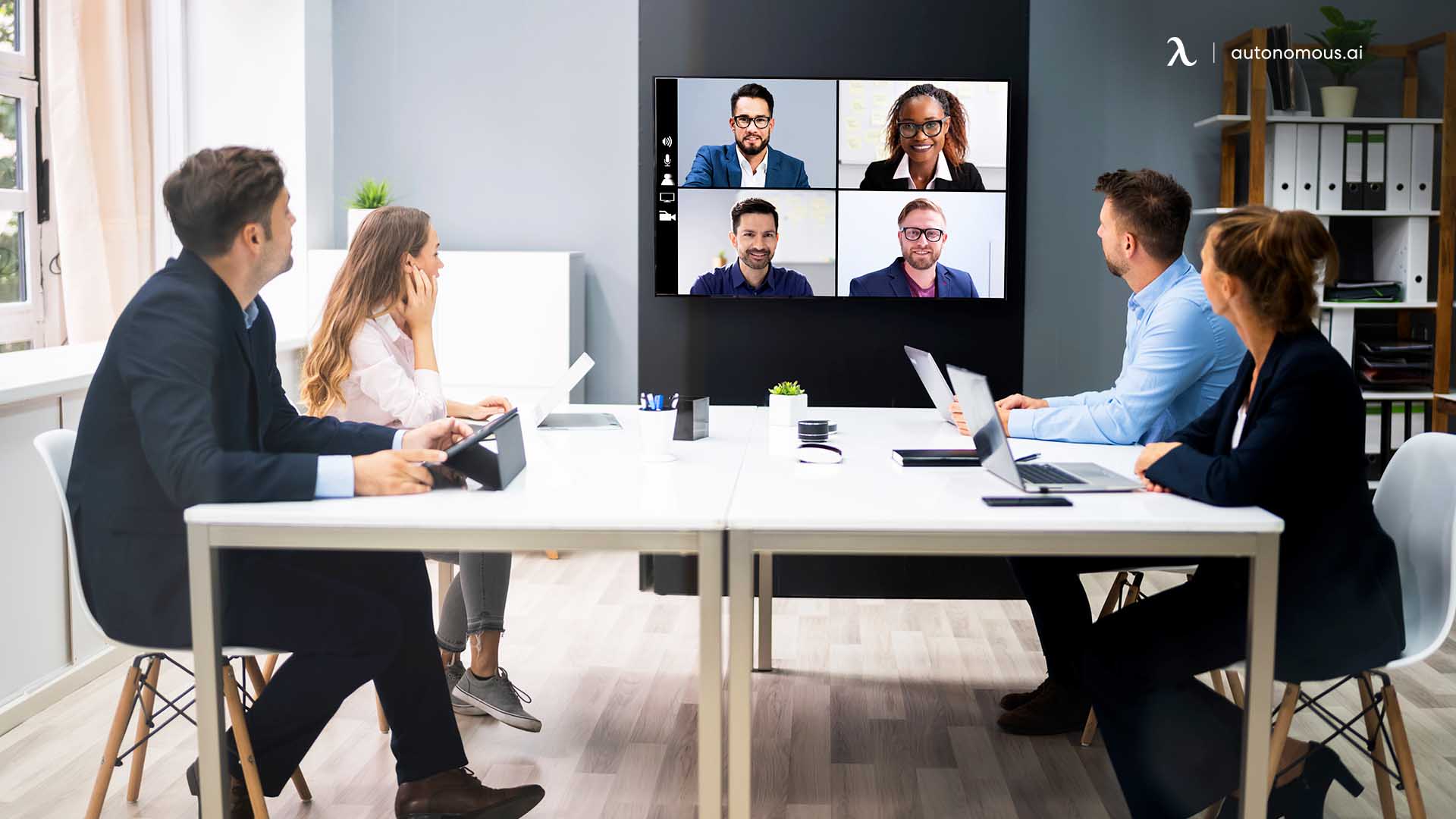/https://storage.googleapis.com/s3-autonomous-upgrade-3/static/upload/images/new_post/why-do-flexible-workspaces-boost-business-performance-2381.jpg)
Why Do Flexible Workspaces Boost Business Performance?
Flexible workspaces are on the rise. According to multiple sources since the COVID-19 pandemic hit the world, remote work has become its biggest legacy. However, as companies are slowly reopening, some workers are now heading back to the offices. Still, remote working is here to stay, and the rise of the flexible working model proves it.
However, it is important to note that a flexible working space not only does imply the possibility of alternating between working onsite and remotely. It also includes choosing the best schedule for you to work in, allowing employees to start keeping up with their daily activities whenever they feel more productive.
Why is a flexible workspace solution so beneficial, however?
For today’s article, we’ll help you understand the key factors that make flexible work arrangements so popular within the industry lately. For starters, let’s answer a basic question: What is a flexible workspace?
Flexible workspace – Definition
There are multiple definitions for a flexible working space. However, all of them share a similar concept: an office where employers incorporate several creative desk layouts and more freedom regarding the schedules. Flexible workspaces and hybrid working are often used as synonyms, but the truth is that the main difference between both areas is that the latter implies remote working, while the former doesn’t (at least not necessarily). There have been proved many flexible workspace benefits for both employers and employees.

There are several flexible work arrangements that businesses can try based on their goals and the number of employees they have. For instance:
Hot-desking – There are multiple desks within the same office space. People can book a desk once they arrive at the workplace, which means they are not fixed.
Office hoteling – office hoteling takes the concept of hot-desking and improves it. With it, people can "book" a particular desk in advance at a certain hour, not when they arrive at the workplace.
Open offices – In an open office, everyone coexists within the same flexible workspace design. Thus, all the employees and departments work in a shared room, without preferences over anyone.
Collaborative coworking spaces – People that do not necessarily work for the same company can share a coworking space. They have access to it 24/7 and still maintain a coworking relationship.
Furthermore, people are also provided with better schedule options that allow them to have more freedom regarding their work. For example, suppose an employee only feels productive during the night. In that case, a flexible working space that allows them to work from home and at an irregular schedule may help them boost their creativity and productivity.
Why are flexible workspaces growing in popularity?
There are multiple reasons why this working model has become quite trendy in recent years. Although the ongoing COVID-19 pandemic accelerated the acceptance of remote working, it is not the only factor we should take into account to understand why it has become popular. Other factors, such as generational change, awareness, and technological advancements, are also worth considering here.
Let’s take a look at the different reasons why flexible workspaces are often seen as the future of the workforce.
1. Employees now expect their employers to help them balance their personal lives with their work.
It’s not something up to the employee anymore. Multiple businesses now consider the nine-to-five schedule obsolete due to the huge restrictions it implied. Furthermore, a Forbes article revealed that about 87 percent of employees expect their leaders to aid them in balancing personal commitments and work-related obligations.

After all, most professionals' aims are to achieve the so-called work-life balance, which is quite impossible to achieve with such rigid schedules.
However, flexible workspaces allow employees to choose where they work best and the schedule that works better for them. This way, they feel more comfortable while completing their daily obligations, and the company enjoys those benefits as well.
2. Employees are now speaking up for their needs.
According to a Clutch study, workspaces are constantly evolving to meet the needs of their employees. Although there are multiple factors to take into account here, an aesthetically pleasing office space seems to be one of the main exigencies of the workforce. This report says that 61% of workers prefer working in an aesthetically pleasing workspace that also provides them with comfort.

This same study also shows other findings, such as:
About 39% of workers would like their employers to provide them with dedicated spaces, ergonomic furniture, and offices.
About half of the workforce, about 53%, considers the flexibility to work in different environments. The same study states that this preference is rising.
25% of workers that prefer a flexible work environment have no access to such opportunities.
47% of workers value the community atmosphere their workplace provides them with while they’re completing their daily obligations.
3. Flexible workspaces provide companies and employees with new ways of working.
Certain ways of working imply high risks, which doesn't happen with flexible working spaces. Although going through a change is always quite challenging for any workforce, the transition seems to be less heavy in this specific working model because, most of the time, there are dedicated spaces for the different types of work that the company needs to look after.

Some companies also consider separating certain teams or the executive force from the rest of the company if necessary.
4. It grants more visibility.
Companies are now taking into account how their branding and identity reflect the way they work. The way you work has a huge influence on how your clients see you and how your employees perceive the company.

Some enterprises highly value face-to-face interactions and will reflect such values in their office culture and flexible workspaces.
Conclusion
Many sources consider flexible workspaces as the "future of the workforce." With the rise of new ways of working, flexible working spaces and hybrid working have become "the new normal" in the post-pandemic world. As a result, employees are now considering more flexible opportunities as a way of boosting their creativity and productivity.
It is important to think thoroughly about the pros and cons of the working model you want to implement in your company. Autonomous Hybrid Work has been providing solutions for companies that want to “change” the way they work for some time now.
Subscribe for a 10% discount on your first order.
Sign up for our weekly update and be the first to know about our specials & promotions.
Verbreiten Sie es weiter


/https://storage.googleapis.com/s3-autonomous-upgrade-3/production/ecm/240417/april-10-off-offer-2024-1920x540-CTA.jpg)
/https://storage.googleapis.com/s3-autonomous-upgrade-3/production/ecm/240417/april-10-off-offer-2024-720x1200-CTA.jpg)
/https://storage.googleapis.com/s3-autonomous-upgrade-3/production/ecm/240415/bulk-order-apr-2024-offer-720x1200-CTA-min.jpg)

/https://storage.googleapis.com/s3-autonomous-upgrade-3/static/upload/images/new_post_author/admin-1.png)